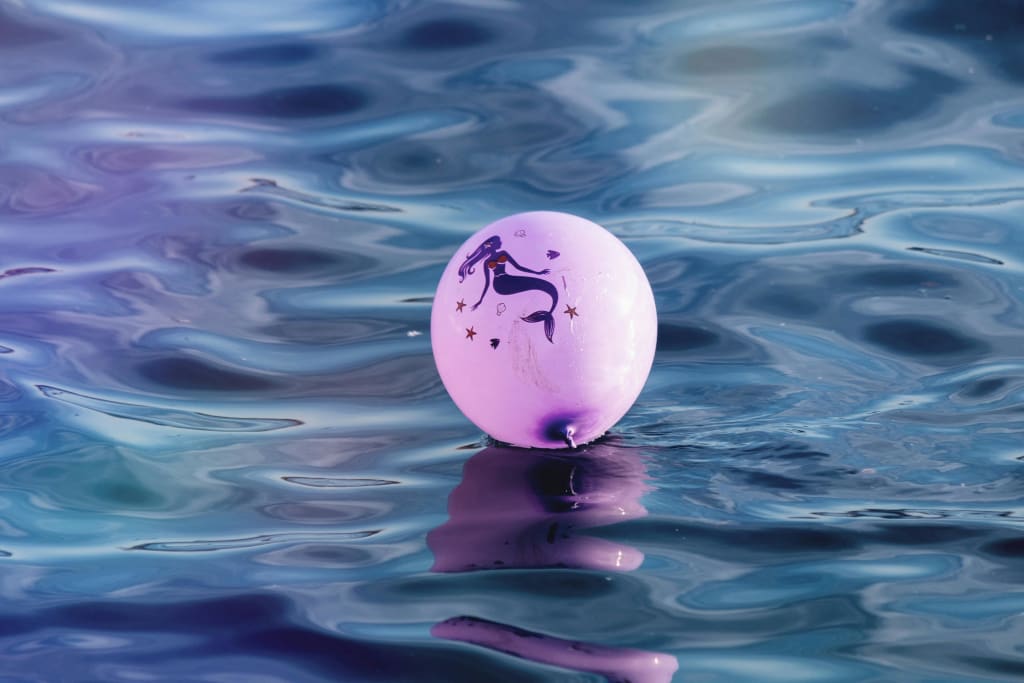The Legend of Mermaids: Stories and Meanings in Various Cultures
Mermaids

Mermaids, captivating creatures of myth and folklore, have captivated imaginations for millennia. Half-human, half-fish, they dwell in the mysterious depths, often portrayed as beautiful and alluring, yet sometimes dangerous. Their stories weave through cultures across the globe, each offering unique interpretations and symbolism.
The Enchanting Sirens of Greek Mythology (1000 BC - Present)
In Greek mythology, the most well-known mermaid figures are the Sirens. These were not benevolent creatures, but rather dangerous beings with the head and torso of a woman and the body of a bird (sometimes depicted as fish-tailed). They resided on rocky shores, luring sailors to their deaths with their enchanting songs. The Sirens' mesmerizing melodies promised irresistible beauty and knowledge, but those who succumbed found their ships wrecked on the treacherous cliffs. The cunning Odysseus, forewarned of the Sirens' danger, plugged his crew's ears with wax and had himself tied to the mast, allowing him to hear their song without succumbing to its lure. The Sirens represent the seductive power of temptation, the perils of unchecked desires, and the importance of reason over impulse.
The Alluring Seductresses of European Folklore (Medieval Period - Present)
Across European folklore, mermaid tales take on a more diverse character. In some stories, they appear as beautiful maidens who entice sailors with their beauty, eventually dragging them down to a watery grave. These tales often serve as warnings against the dangers of the sea and the allure of strangers.
However, not all European mermaid stories are cautionary. Legends from Scotland and Ireland depict mermaids, or "merrows" as they are sometimes called, as benevolent creatures. Mערrows (pronounced "muir-oo") were said to possess otherworldly beauty and magical abilities. They might grant wishes to humans who treated them with kindness or respect, but could also be vengeful if mistreated. These stories portray mermaids as powerful beings who deserve respect and understanding.
The Shape-Shifting Selkies of Celtic Mythology (Iron Age - Present)
Celtic mythology introduces the intriguing concept of selkies, mythical creatures that can transform between human and seal form by shedding their sealskin. Selkie tales are particularly prevalent in Scottish and Irish folklore. Selkie women, often described as captivating beauties, would shed their sealskins on land, appearing human. If a man found and hid a selkie's sealskin, she would be forced to remain human and could become his wife. However, a selkie who longed for the sea would forever yearn for her sealskin and the freedom of the ocean. These stories explore themes of forbidden love, sacrifice, and the yearning for one's true nature.
The Helpful Nixies of Germanic Folklore (Medieval Period - Present)
In Germanic folklore, nixies (or nixies) are water spirits, often depicted as beautiful maidens with fish tails. Unlike the malevolent Sirens, nixies could be helpful or harmful depending on the circumstances. They might lure men to their deaths, but could also reward kind humans with gifts or assistance. Nixie stories often highlight the unpredictable nature of water and the importance of treating the natural world with respect.
The Fearsome Ningyo of Japanese Mythology (712 AD - Present)
Japanese mythology introduces the ningyo, a terrifying creature with the head of a monkey, the body of a fish, and sharp claws. Unlike the beautiful mermaids of Western lore, ningyo were considered harbingers of bad luck or disaster. Legends depict them with a taste for human flesh and the ability to grant wishes, but at a terrible cost. The ningyo represent the dangers and unpredictability of the ocean, as well as the potential consequences of unchecked desires.
The Protective Mami Wata of West African Mythology (15th Century - Present)
West African folklore features Mami Wata, a powerful water spirit often depicted as a beautiful woman with a fish tail. Mami Wata can be both benevolent and vengeful. She is associated with wealth, fertility, and protection, but can also be a dangerous seductress who lures men to their deaths. Mami Wata stories reflect the complex relationship between humans and the natural world, particularly the life-giving power and potential dangers of water.
The Everlasting Allure of Mermaids
The enduring popularity of mermaid myths lies in their ability to capture our imagination. They embody the beauty and mystery of the ocean, a vast and unexplored realm. They represent our primal connection to water, a source of life and potential danger. Mermaids can be symbols of temptation, danger, and beauty, reminding us of the power of the unknown and the delicate balance between nature and humanity.
About the Creator
Moharif Yulianto
a freelance writer and thesis preparation in his country, youtube content creator, facebook
Enjoyed the story? Support the Creator.
Subscribe for free to receive all their stories in your feed. You could also pledge your support or give them a one-off tip, letting them know you appreciate their work.






Comments
There are no comments for this story
Be the first to respond and start the conversation.